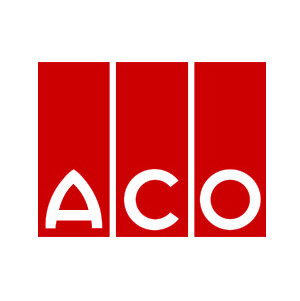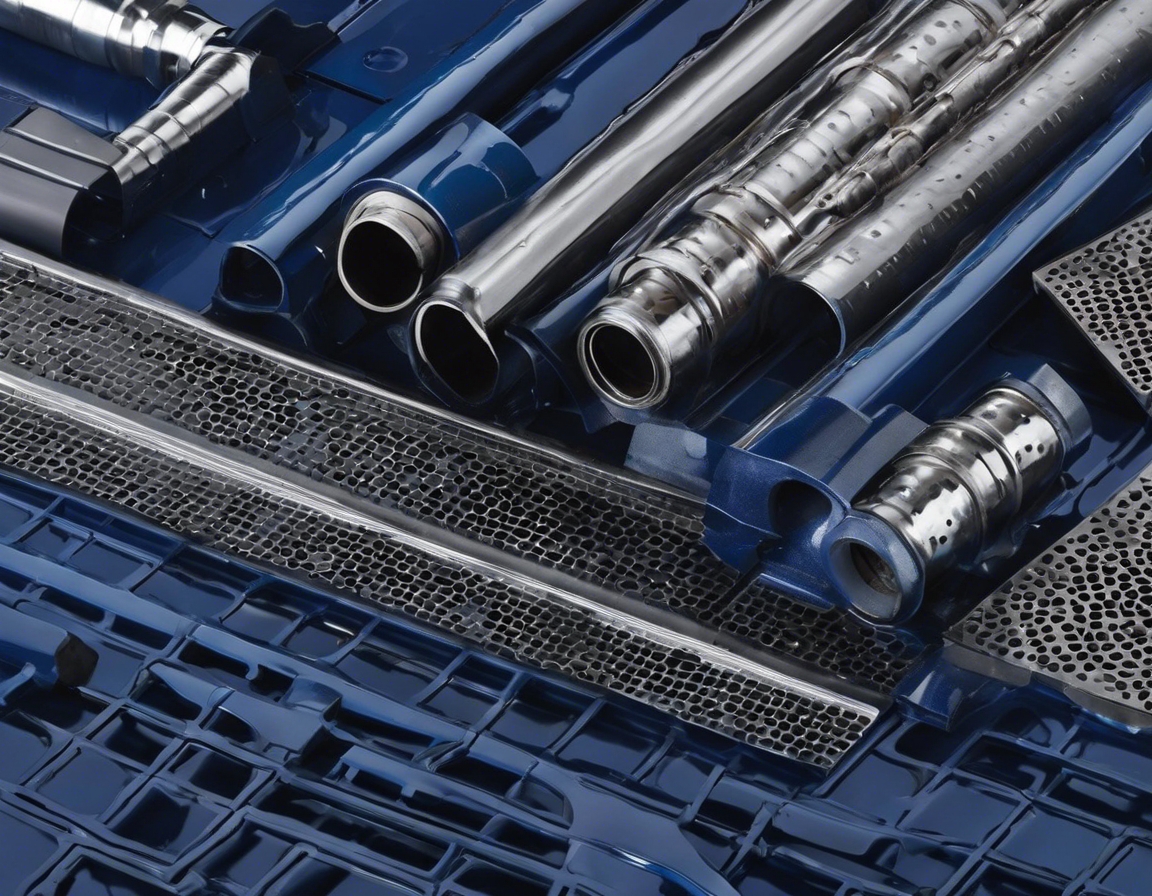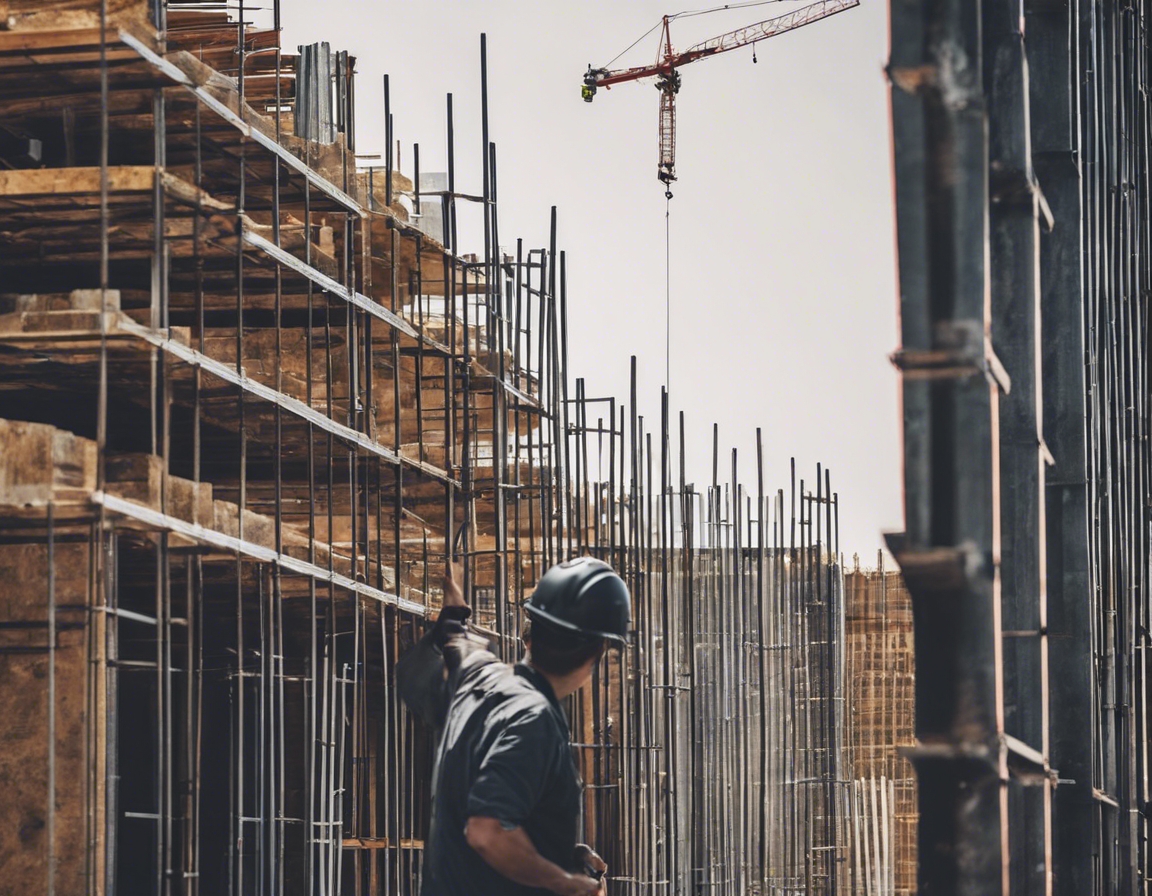The ultimate guide to water treatment in urban environments
Urban environments face unique challenges when it comes to water management. With dense populations and significant industrial activity, the demand for clean water is high, while the potential for pollution is significant. Effective water treatment is essential for public health, environmental protection, and sustainable urban development.
Urban areas often struggle with issues such as water scarcity, pollution from industrial and domestic sources, aging infrastructure, and the complexities of managing diverse water sources. These challenges necessitate advanced and efficient water treatment solutions.
Understanding Water Treatment Processes
Physical water treatment methods include sedimentation, filtration, and flotation. These processes remove suspended solids and clarify water without the use of chemicals.
Chemical treatment involves the use of disinfectants, coagulants, and other chemicals to remove contaminants and pathogens from water.
Biological treatment leverages natural processes involving microorganisms to break down organic matter and pollutants in wastewater.
Technologies such as membrane filtration, ultraviolet disinfection, and reverse osmosis are at the forefront of modern water treatment, providing high levels of purification and efficiency.
Key Components of Urban Water Treatment Systems
Effective water treatment begins with a robust system for collecting and conveying wastewater to treatment facilities. This includes sewers, pumps, and pipelines.
Treatment facilities are the heart of the water treatment process, where various physical, chemical, and biological methods are applied to treat water to meet quality standards.
Once treated, water must be stored and distributed efficiently. This involves reservoirs, water towers, and distribution networks.
Regulations and Standards for Water Quality
Water treatment operations must adhere to international standards such as those set by the World Health Organization (WHO) to ensure water safety and quality.
In addition to international standards, urban water treatment must comply with local regulations, which can vary significantly from one region to another.
Innovative Solutions for Urban Water Treatment
Incorporating green infrastructure, such as green roofs and rain gardens, can complement traditional water treatment methods and promote sustainability.
Smart sensors, meters, and data analytics are revolutionizing water management by optimizing treatment processes and resource allocation.
Modern water treatment systems are increasingly designed to recover resources such as energy, nutrients, and water itself for reuse, reducing waste and improving efficiency.
Implementing Effective Water Treatment Strategies
Developing an effective water treatment strategy begins with a thorough assessment of local conditions and needs, followed by careful planning to address those needs.
Designing and constructing water treatment systems requires consideration of factors such as capacity, technology selection, and resilience to changing conditions.
For water treatment systems to remain effective over the long term, they must be operated and maintained properly, which includes regular monitoring, testing, and upgrades.






Kommentaarid (0)